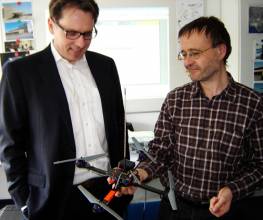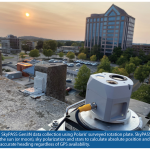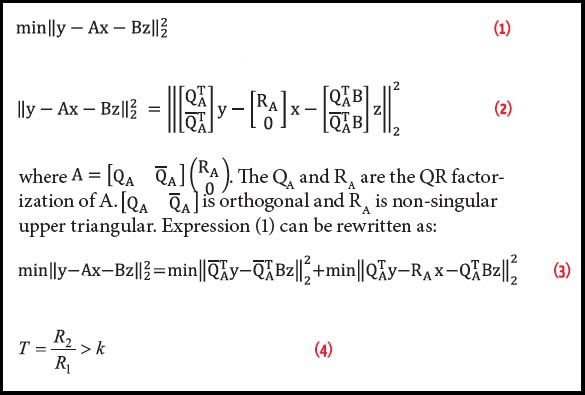Most of us who have ever gotten onto an airplane know the drill: when the doors are closed and sealed and the pilots push back from the terminal, the mobile phones are turned off — along with other portable electronic devices.
There’s a reason for that. Airline operators and the Federal Aviation Administration wish to avoid any possible interference with the aircraft’s avionics that support its navigation and communications functions.
Most of us who have ever gotten onto an airplane know the drill: when the doors are closed and sealed and the pilots push back from the terminal, the mobile phones are turned off — along with other portable electronic devices.
There’s a reason for that. Airline operators and the Federal Aviation Administration wish to avoid any possible interference with the aircraft’s avionics that support its navigation and communications functions.
So, when the Federal Communications Commission (FCC) required the formation of a working group to study the potential effects of a nationwide network of high-powered transmitters moving in next to the GNSS L1 band, it only seemed prudent.
And the initial report from the working group to the FCC seemed promising — with a bevy of GPS experts on a technical working group, a good start on setting the specifications and metrics for testing receivers, and key data on LightSquared’s planned system.
But it didn’t come easily.
Indeed, had the U.S. GPS Industry Council and a few GNSS manufacturers not done some frenetic scrambling, the FCC’s waiver of limits on the so-called ancillary terrestrial component (ATC) for mobile satellite services could well have gone into effect without further ado.
And even now, the “build first and ask questions later” dynamic appears still in place, with the FCC International Bureau’s order directing LightSquared, a multi-billion-dollar 4G venture backed by Harbinger Capital Partners and other hedge funds, to have user equipment ready about the same time the working group report is due. And further, to have built out a network by next year that would reach a prospective U.S. audience of 100 million.
The trials and tribulations of the GPS community and LightSquared are chronicled in our new Washington View column, and in this issue’s news section. (By the way, I am delighted to be working again with Dee Ann Divis, our Washington columnist who covered GNSS issues for many years.)
My point here is how well (or poorly) the process of GPS technology policy and management is being handled by the FCC.
LightSquared and the FCC initially sought to implement the waiver with only 10 days notice — an abbreviated period that spanned two weekends and the Thanksgiving holiday. Nonetheless, a growing chorus of complainants has filled the FCC’s comment webpage, most bemoaning the lack of public notice as well as the unexamined risks that the ATC waiver brings.
Now, LightSquared’s filings — usually endorsed by the FCC — are filled with the arguments that the ATC waiver has at least a 10-year history at the agency during which GPS manufacturers, users, and program managers had plenty of time to voice their concerns, but mostly didn’t: from Mobile Satellite Ventures Subsidiary LLC first ATC filing in 2001, through its transformation into SkyTerra in 2008, and ultimate acquisition by Harbinger Capital Partners last year and relaunching as LightSquared.
Like questionable genealogies that trace one’s roots back to some royal family or other, the LightSquared arguments beg the question of what its initiative means in the present and near future. And should that initiative violate the laws of physics, if not the rules of the FCC, it doesn’t matter who said what when — only that a critical one-of-a-kind infrastructure was put at risk unnecessarily.
All it really proves is that a billion dollars and a bevy of lawyers and lobbyists who live and breathe the rarified FCC air every day can dance circles around a disparate GPS community that only has occasion to deal with the agency every decade or so.
This is the same posture that the agency adopted eight years ago when the ultrawideband parade came through town — only to be ultimately rerouted out of the GPS spectrum after a similar uproar.
And the would-be investors of the additional billions of dollars that LightSquared still needs to raise might prefer to see risk mitigated on the front end so that their money was spent on developing a system rather than litigating the consequences after the fact.
The millions of citizens who depend on GNSS for their safety, productivity, and well-being certainly would.





